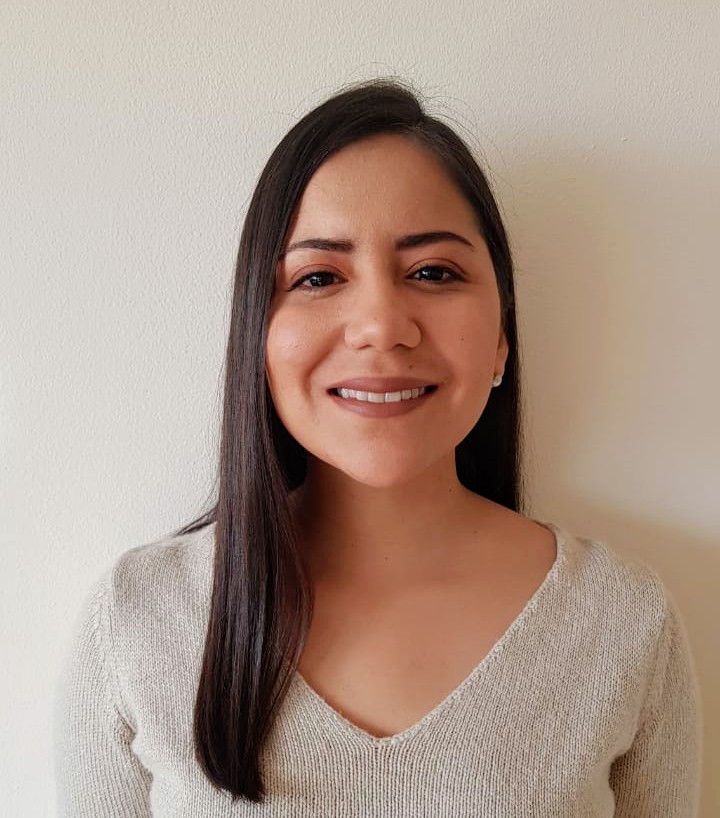In 2020, thanks to the UN-REDD Programme’s continuous support, Costa Rica became the first Central American country recognised by the Green Climate Fund (GCF) for successfully removing 14.7 million metric tonnes of CO2 equivalent between 2014-2015 via its forests. As a reward, the country received a non-refundable grant of USD $54.1 million, to be used in 2021-2026 via the REDD+ Results-based Payments Project (RBPs), implemented by UNDP and led by the Ministry of Environment, the National Fund for Forest Finance (FONAFIFO), and the National System of Conservation Areas (SINAC). The project’s purpose? Among others, to boost the participation of all public and private stakeholders interested in REDD+, including Indigenous People and women, and to prioritise gender inclusion.
In order to identify the needs of indigenous and rural women and producers with regard to accessing forest resources, Costa Rica’s National REDD+ strategy created spaces for women across the country to participate and define the type of gender focus needed in policies. The talks acknowledged that Costa Rica needed a Gender Action Plan (GAP), the first to shape in the country’s climate approach a clear route for enabling gender and environmental work.
As part of that plan, the country’s Environmental Vice-Ministry released in 2019 a directive aimed at “Reducing gender gaps within the biodiversity-water nexus, protected areas, and forests to ensure gender equality and women’s contributions to those sectors”. This resulted in an agreement with UNDP to create the More Women More Nature Programme (Más Mujeres más Natura) based on five pillars meant to tackle those gender gaps. This was the first programme of its kind in the region, linking gender with nature protection and women’s empowerment, and placing Costa Rica at the forefront of these initiatives.
At the same time, this stimulated further actions for promoting equality. For example, FONAFIFO shifted its crediting rules to offer better loan conditions for rural women, as part of its plan to boost economic development and improve their quality of life.
The Programme for Payments for Environmental Services – which considers gaps in land tenure and the characteristics of farms owned by women – also started integrating gender aspects, creating new evaluation criteria, which gives farms owned by women 25 extra points when joining the programme.
2019 also saw the first meeting of Volunteer Firewomen for Forests in the country, which resulted in a plan to include gender considerations in Costa Rica’s Integrated Fire Management Programme. A training module to help administrative staff within SINAC acknowledge gender aspects in their work will start this November.
In October the web platform of the Gender Equality for Productive Units Award will also be launched. The award, the first of its kind at global level, recognises the work of women in rural areas that enables more women and girls to take part in environmental management and benefit from seed capital, credit access, capacity building, assistance, technology transfers, etc. This work is implemented by FONAFIFO with support from the REDD+ Secretariat.
Costa Rica’s Gender Action Plan has also helped strengthen the country’s Inclusive Fund for Sustainable Development. Within the National REDD+ Strategy, the RBPs Programme will be key for fully integrating gender aspects across all its products and activities, empowering women to exercise their role as agents of change for conserving and sustainably managing the country’s forests and enabling a more inclusive development.



